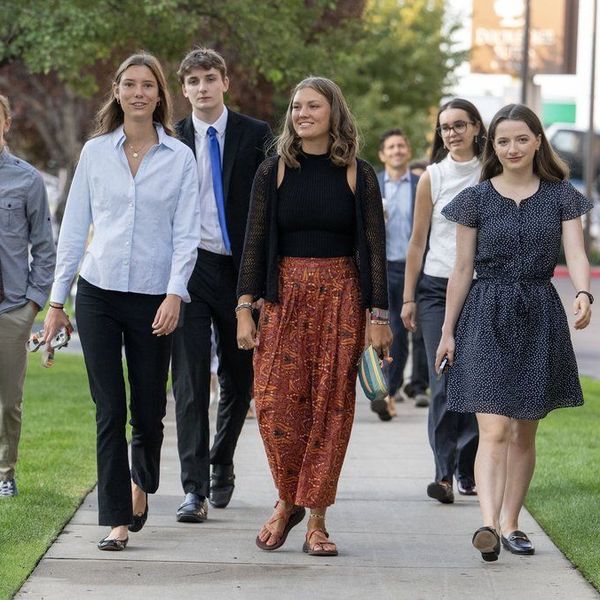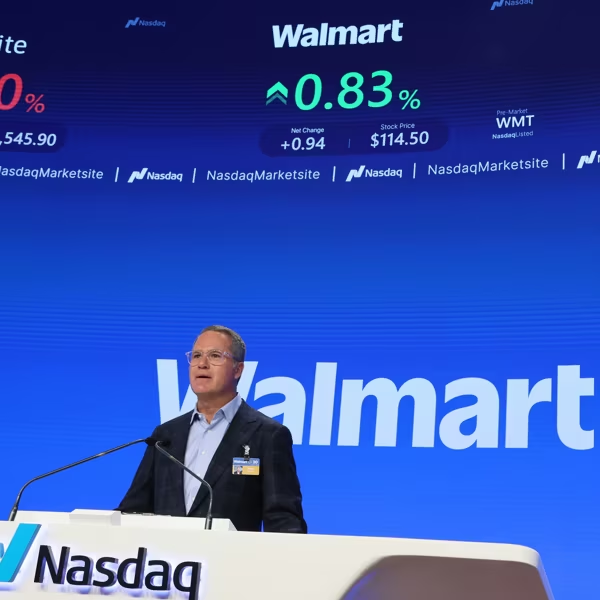Low-Income, Latino Communities Across US Living in Air Pollution 'Sacrifice Zones'
New study adds to growing body of evidence that low-income communities of color are disproportionately impacted by ecological destruction
In metropolitan areas across the continental United States, one in every three economically disadvantaged Latino immigrant neighborhoods is exposed to harmful, cancer-causing air pollution--emanating from refineries, factories, car exhaust, and more--a disturbing new academic study reveals.
Race, deprivation, and immigrant isolation: The spatial demography of air-toxic clusters in the continental United States was published online this week and will appear in the November issue of the journal Social Science Research.
Lead researcher Raoul Lievanos, an assistant professor of sociology at Washington State University, explained the findings in a statement: "Neighborhoods comprised of nonwhite, economically disadvantaged people who do not speak English as a native language and are foreign-born are the most vulnerable to being near these toxic air emissions. This is particularly the case with Latino immigrants."
Lievanos conducted his research by mapping areas with the greatest exposure to toxic air pollution, finding that most "hotspots" are in California and the northeastern United States. According to a summary of his research, he then employed a "statistical analysis of the racial, socioeconomic and immigrant status of 2,000 neighborhoods and their proximity to toxic hotspots. "
The study follows a recent poll conducted on behalf of the organizations Earthjustice and GreenLatinos, which found that 85 percent of Latinos believe "it is extremely important or very important to reduce smog and air pollution," and 66 percent say "global warming and climate change are mostly caused by human activities."
The research adds to a growing body of scholarship, which shows that, across the board, communities of color in the United States are disproportionately likely to live in areas with dangerous proximity to toxic air pollution. For example, a University of Minnesota study published last year found that people of color in the United States suffer nearly 40 percent more exposure to toxic air pollution than their white counterparts.
In response to the disparate impacts of ecological harm and climate change, people living within so-called "sacrifice zones" in the U.S. and across the global south are demanding environmental justice in the lead-up to the COP21 United Nations climate talks in Paris this November and December.
"Inadequate action and false solutions will result in extreme consequences for the planet that will have a notably disproportionate impact on the peoples of the Global South, as well as working-class communities, communities of color, and indigenous and marginalized peoples living on the frontlines of the escalating climate crisis," the Grassroots Global Justice Alliance declared in a recent petition.
An Urgent Message From Our Co-Founder
Dear Common Dreams reader, The U.S. is on a fast track to authoritarianism like nothing I've ever seen. Meanwhile, corporate news outlets are utterly capitulating to Trump, twisting their coverage to avoid drawing his ire while lining up to stuff cash in his pockets. That's why I believe that Common Dreams is doing the best and most consequential reporting that we've ever done. Our small but mighty team is a progressive reporting powerhouse, covering the news every day that the corporate media never will. Our mission has always been simple: To inform. To inspire. And to ignite change for the common good. Now here's the key piece that I want all our readers to understand: None of this would be possible without your financial support. That's not just some fundraising cliche. It's the absolute and literal truth. We don't accept corporate advertising and never will. We don't have a paywall because we don't think people should be blocked from critical news based on their ability to pay. Everything we do is funded by the donations of readers like you. Will you donate now to help power the nonprofit, independent reporting of Common Dreams? Thank you for being a vital member of our community. Together, we can keep independent journalism alive when it’s needed most. - Craig Brown, Co-founder |
In metropolitan areas across the continental United States, one in every three economically disadvantaged Latino immigrant neighborhoods is exposed to harmful, cancer-causing air pollution--emanating from refineries, factories, car exhaust, and more--a disturbing new academic study reveals.
Race, deprivation, and immigrant isolation: The spatial demography of air-toxic clusters in the continental United States was published online this week and will appear in the November issue of the journal Social Science Research.
Lead researcher Raoul Lievanos, an assistant professor of sociology at Washington State University, explained the findings in a statement: "Neighborhoods comprised of nonwhite, economically disadvantaged people who do not speak English as a native language and are foreign-born are the most vulnerable to being near these toxic air emissions. This is particularly the case with Latino immigrants."
Lievanos conducted his research by mapping areas with the greatest exposure to toxic air pollution, finding that most "hotspots" are in California and the northeastern United States. According to a summary of his research, he then employed a "statistical analysis of the racial, socioeconomic and immigrant status of 2,000 neighborhoods and their proximity to toxic hotspots. "
The study follows a recent poll conducted on behalf of the organizations Earthjustice and GreenLatinos, which found that 85 percent of Latinos believe "it is extremely important or very important to reduce smog and air pollution," and 66 percent say "global warming and climate change are mostly caused by human activities."
The research adds to a growing body of scholarship, which shows that, across the board, communities of color in the United States are disproportionately likely to live in areas with dangerous proximity to toxic air pollution. For example, a University of Minnesota study published last year found that people of color in the United States suffer nearly 40 percent more exposure to toxic air pollution than their white counterparts.
In response to the disparate impacts of ecological harm and climate change, people living within so-called "sacrifice zones" in the U.S. and across the global south are demanding environmental justice in the lead-up to the COP21 United Nations climate talks in Paris this November and December.
"Inadequate action and false solutions will result in extreme consequences for the planet that will have a notably disproportionate impact on the peoples of the Global South, as well as working-class communities, communities of color, and indigenous and marginalized peoples living on the frontlines of the escalating climate crisis," the Grassroots Global Justice Alliance declared in a recent petition.
In metropolitan areas across the continental United States, one in every three economically disadvantaged Latino immigrant neighborhoods is exposed to harmful, cancer-causing air pollution--emanating from refineries, factories, car exhaust, and more--a disturbing new academic study reveals.
Race, deprivation, and immigrant isolation: The spatial demography of air-toxic clusters in the continental United States was published online this week and will appear in the November issue of the journal Social Science Research.
Lead researcher Raoul Lievanos, an assistant professor of sociology at Washington State University, explained the findings in a statement: "Neighborhoods comprised of nonwhite, economically disadvantaged people who do not speak English as a native language and are foreign-born are the most vulnerable to being near these toxic air emissions. This is particularly the case with Latino immigrants."
Lievanos conducted his research by mapping areas with the greatest exposure to toxic air pollution, finding that most "hotspots" are in California and the northeastern United States. According to a summary of his research, he then employed a "statistical analysis of the racial, socioeconomic and immigrant status of 2,000 neighborhoods and their proximity to toxic hotspots. "
The study follows a recent poll conducted on behalf of the organizations Earthjustice and GreenLatinos, which found that 85 percent of Latinos believe "it is extremely important or very important to reduce smog and air pollution," and 66 percent say "global warming and climate change are mostly caused by human activities."
The research adds to a growing body of scholarship, which shows that, across the board, communities of color in the United States are disproportionately likely to live in areas with dangerous proximity to toxic air pollution. For example, a University of Minnesota study published last year found that people of color in the United States suffer nearly 40 percent more exposure to toxic air pollution than their white counterparts.
In response to the disparate impacts of ecological harm and climate change, people living within so-called "sacrifice zones" in the U.S. and across the global south are demanding environmental justice in the lead-up to the COP21 United Nations climate talks in Paris this November and December.
"Inadequate action and false solutions will result in extreme consequences for the planet that will have a notably disproportionate impact on the peoples of the Global South, as well as working-class communities, communities of color, and indigenous and marginalized peoples living on the frontlines of the escalating climate crisis," the Grassroots Global Justice Alliance declared in a recent petition.

